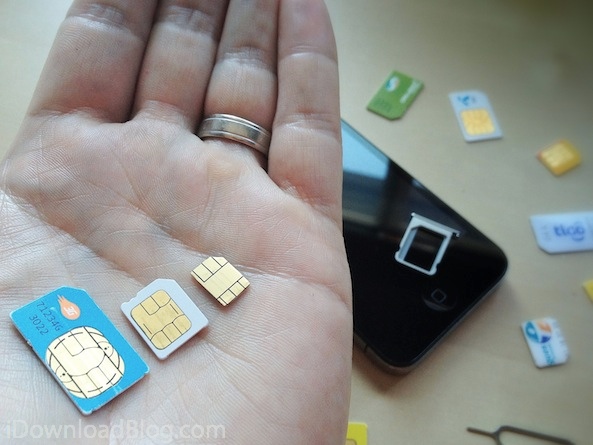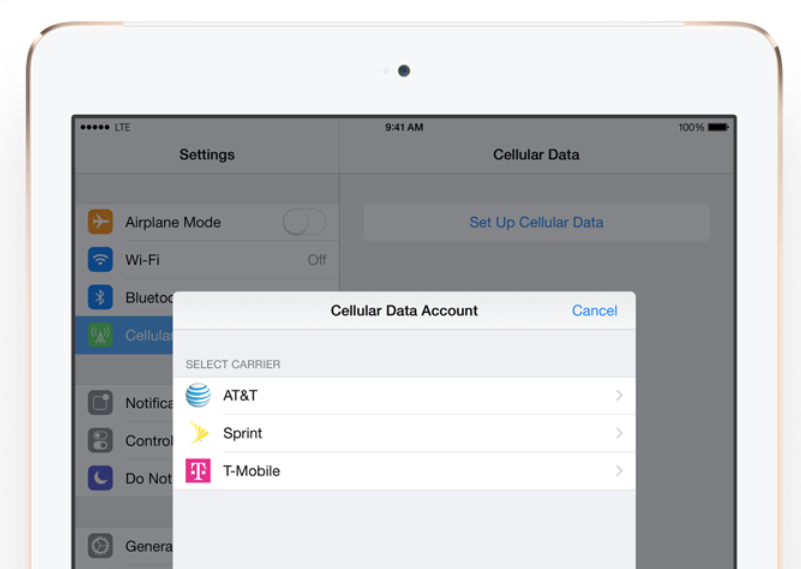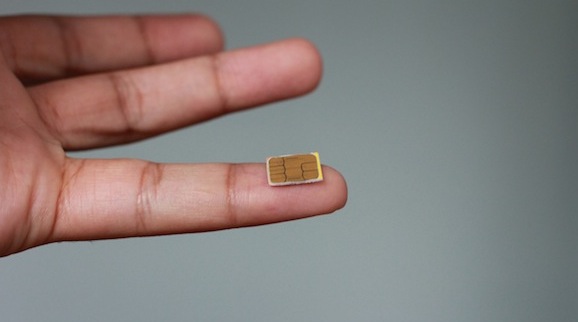
The wireless industry’s biggest fear—that mobile customers could one day switch service on a whim without changing their SIM card—is coming true. Following years of opposition to technologies that would allow people to easily change carrier on the fly, the likes of Apple, Samsung and others are now working with the mobile standards organization GSMA on electronic SIM cards for consumer devices.
The Financial Times newspaper reported Thursday that Apple and Samsung are “in advanced talks” with mobile telecom groups on a standardized embedded SIM card for consumer devices, the so-called e-SIM.
While the GSM organization, which represents mobile operators worldwide, is said to be “close” to announcing an agreement, finalizing the technical specifications for the emerging standard will take “at least a year” so the devices supporting the electronic SIM standard won’t appear until late 2016.
“With the majority of operators on board, the plan is to finalize the technical architecture that will be used in the development of an end-to-end remote SIM solution for consumer devices, with delivery anticipated by 2016,” said the GSM organization.
The GSM is “continuing to work with Apple“ to secure their support for the initiative. “While we are optimistic, a formal agreement with them is still in progress,” they said.
If you recall, Apple tried to do this a few years ago and all the carriers balked. If all goes as planned, an ‘iPhone 7’ expected in the fall of 2016 should include e-SIM technology.

e-SIM reportedly works similar to the Apple SIM.
The Apple SIM, a custom SIM card, lets iPad Air 2 and iPad mini 3 owners switch service between T-Mobile, Sprint and AT&T in the United States, and EE in the United Kingdom, right within the Settings app.
On the downside, carriers can still impose some limitations on the technology so, for example, choosing an AT&T service on your iPad locks the Apple SIM to that network.
A recent partnership with GigSky has brought affordable mobile data at local rates with Apple SIM to 90 countries.
To that extent, e-SIM should provide similar features like the Apple SIM though the article states that the emerging standard is not expected to replace the Apple SIM.
Contrasted to swapping SIMs when changing service, e-SIMs free up compatible devices from carriers’ clutches. Rather than being locked to a carrier network, an embedded SIM would let one sign up for a wireless service right on one’s device, and switch carrier instantly.

Networks expected to support the common e-SIM architecture include AT&T, Deutsche Telekom, Etisalat, Hutchison Whampoa, Orange, Telefónica and Vodafone.
“We have got everyone back on one point, with Apple and Samsung agreeing to be part of that specification,” said Anne Bouverot, the GSM’s outgoing CEO.
It’s unclear whether the e-SIM standard is a set of technological guidelines or an actual card that must be inserted into a tray of sorts. If e-SIM won’t require the physical card, a tray may become a thing of the past so smartphone makers could use that space to add more features or engineer even thinner mobile devices.
Are you in support of the e-SIM standard?
And will e-SIMs be able to gain momentum in the industry, do you think?
Pictured above: a nano-SIM card.
Source: The Financial Times